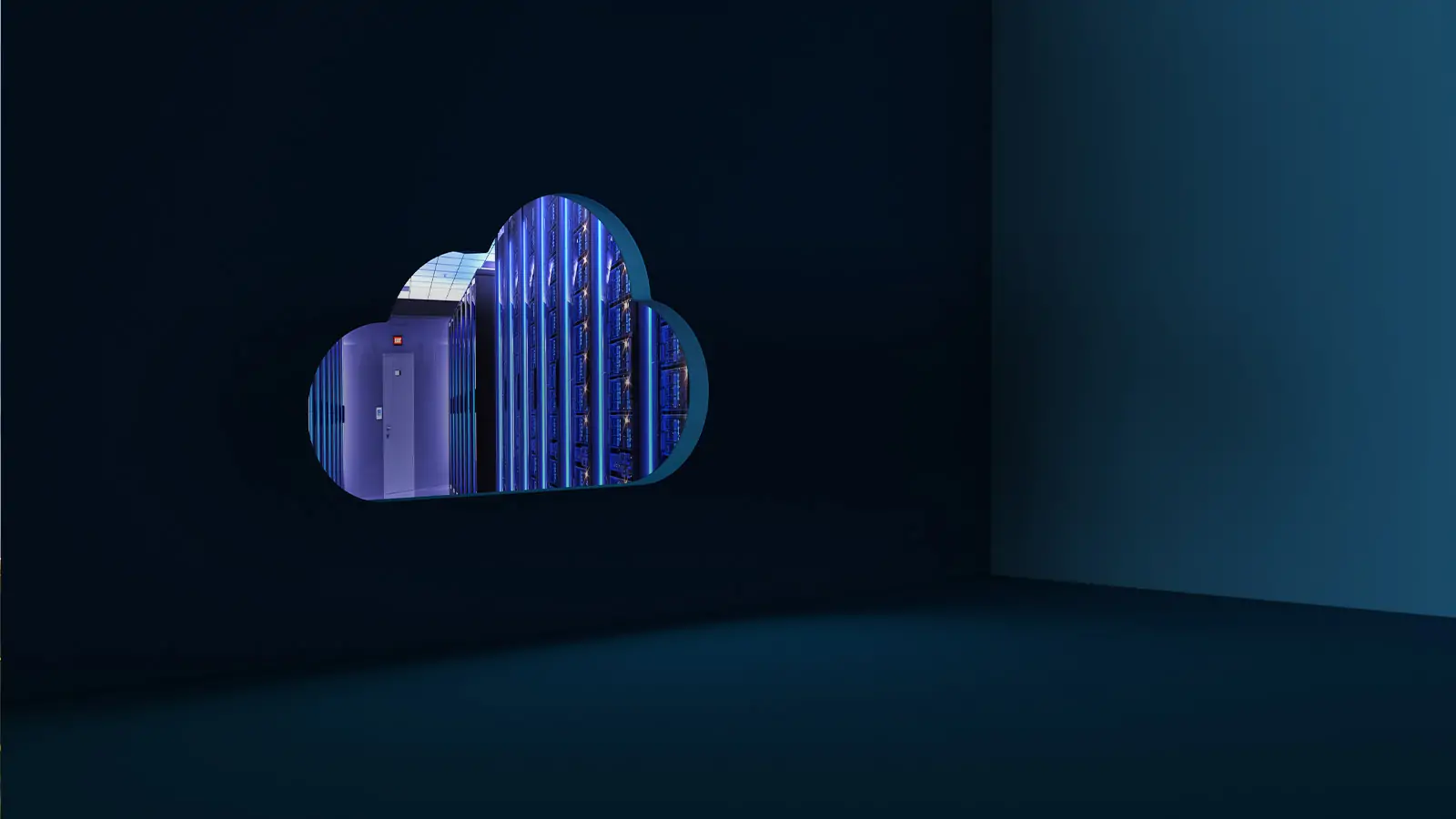Businesses are rushing to the cloud these days, thanks to faster growth, easier scaling, and quicker product launches. It’s the perfect fit for our digital world! But here’s the catch: in this fast-paced race, security sometimes gets left behind. We need to remember that even with cloud adoption and all the cloud’s benefits, keeping things safe is still crucial.
The advent of hybrid workplaces within organisations calls for increased interconnectivity between individuals, which puts data at a risk due to the facilitation of tech-focused communication and storage of the same. The hyper-dependence on technology creates friction between the ethical handling of data and the vulnerabilities of its security. As organizations transition entirely to digital platforms, the need for security escalates dramatically and it is no longer a mere operational patch. Moreover, there is a common misconception that security concerns only infrastructure. This notion is far from the truth.
To truly fortify our digital landscapes, we must embrace the concept of ‘Zero Trust Architecture,’ especially within cloud environments. This determines the authoritative control of the organisation in areas of security, through specific boundaries and access controls against potentially malicious content. Implementing it involves a comprehensive approach, encompassing various dimensions of security which includes application, container, data, transport, network, and infrastructure. By determining the future of work for the company, adopting this approach becomes a system to balance productivity and risk, where data can be best utilised without posing any dangers to the overall functioning of the company.
Incorporating security measures at every stage of development is crucial. By adopting a proactive cloud strategy roadmap and integrating security practices into the DevOps lifecycle, operations such as SAST, DAST, and container image scans can be ‘shifted left.’ This means addressing security concerns early in the development process, minimizing vulnerabilities before they escalate. Enhancing data security can be achieved by implementing additional encryption at the application level, adding an extra layer of protection to data at rest. Transport security, ensured through SSL/TLS protocols without termination, adds another layer of protection through a secure cloud strategy. A methodical approach is required to build secure cloud networks – this means using tools like code to set up firewalls and access controls. Leaders must ensure everyone understands the power and risks of the cloud. Secure clouds use code-based controls and threat management. C-suite leaders must champion security awareness, educating both managers and employees. This allows for a more focused approach towards dealing with data, where employees are able to utilise the Cloud efficiently, without as many mistakes, and thereby provide effectiveness to the company operations. As employees are the backbone of any successful business, it becomes imperative that companies invest in security training programs to enrich knowledge and provide necessary skills on the Cloud to reduce security risks.
In conclusion, in our journey through the digital landscape, enterprise security must be a cornerstone, embedded seamlessly into every layer of our technological endeavours. By embracing ‘Zero Trust architecture’ and adopting proactive security practices, organizations can navigate the complexities of the cloud securely.




